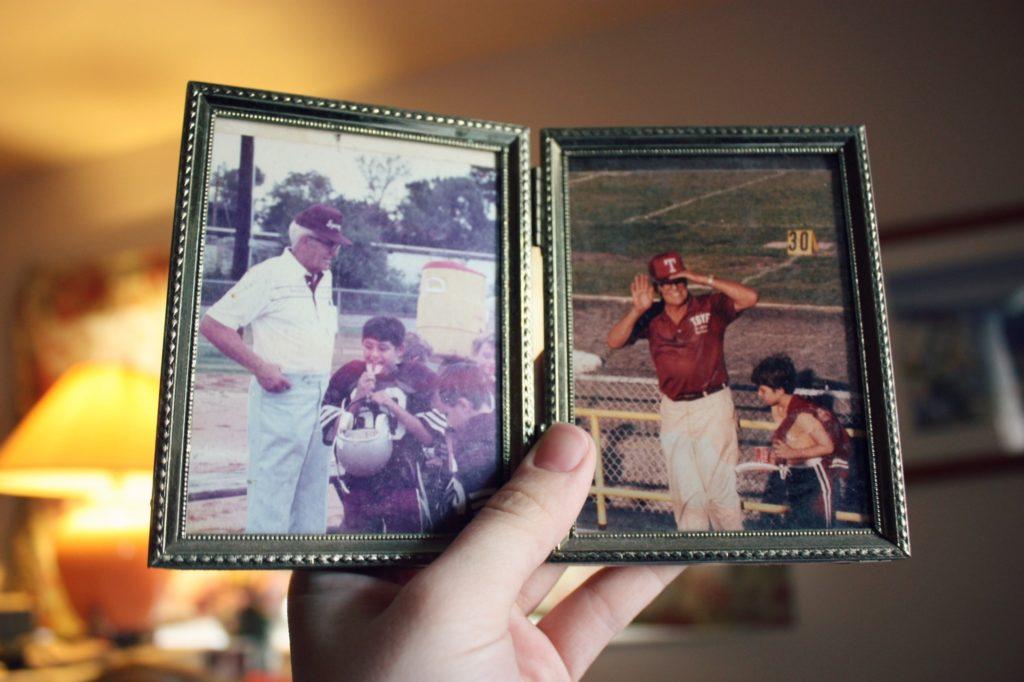How to Persuade New Donors to Join Your Nonprofit Mission

There’s a first time for everything, if you will it
What makes us think a perfect stranger, who’s never given to our organization before, will choose to do so? It’s highly counter intuitive.

What makes us think a perfect stranger, who’s never given to our organization before, will choose to do so? It’s highly counter intuitive.
 You bet!
You bet!
Yet they’re generally undervalued in this regard.
And it’s not just monthly donors who are undervalued.
It’s legacy giving in general.
How robust is your legacy giving program?
Legacy giving is largely misunderstood in the nonprofit world. Too many organizations think it’s not for them. Why?
Do any of these statements sound like something you’ve felt or heard from others within your organization?
These are myths.
Really, all you need is expertise about your mission and the values your organization enacts.
You are a philanthropy facilitator, not an attorney or financial advisor.
As a philanthropy facilitator, it’s part of your job to help loyal supporters make their most passionate, heartfelt gifts. This enables them to enact their values, and to achieve a bit of immortality.
 In 5 Indicators for Identifying the Best Potential Donors, a guest post on the Bloomerang blog from Ryan Woroniecki of Donor Search, the key indicators someone might be inclined to support you with a major philanthropic gift are laid out. These indicators are, in order:
In 5 Indicators for Identifying the Best Potential Donors, a guest post on the Bloomerang blog from Ryan Woroniecki of Donor Search, the key indicators someone might be inclined to support you with a major philanthropic gift are laid out. These indicators are, in order:
One thing is indubitably true: the more you know about people the better you’ll be able to assess, and work with, their likelihood to invest with you philanthropically.
Another thing is also true: not all these indicators are created equal. They’re listed in order of importance above but, for my money, numero uno is far and away the most significant.
The people most likely to become major donors to your organization are already known to you. You don’t have to do research to find them, or find friends to introduce you or gate-keepers to let you in. You only have to do one simple thing.
Details